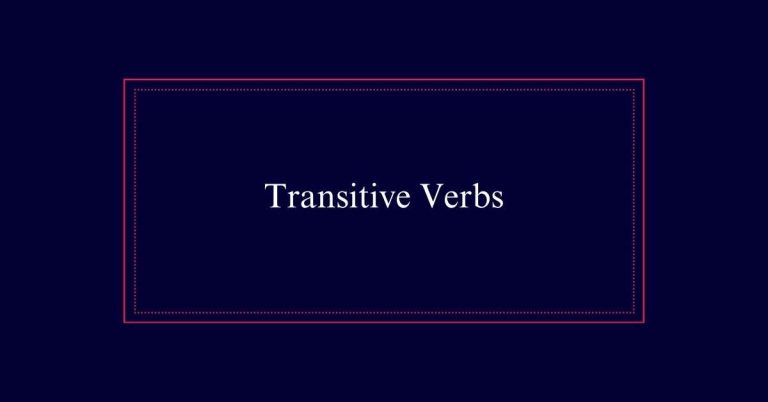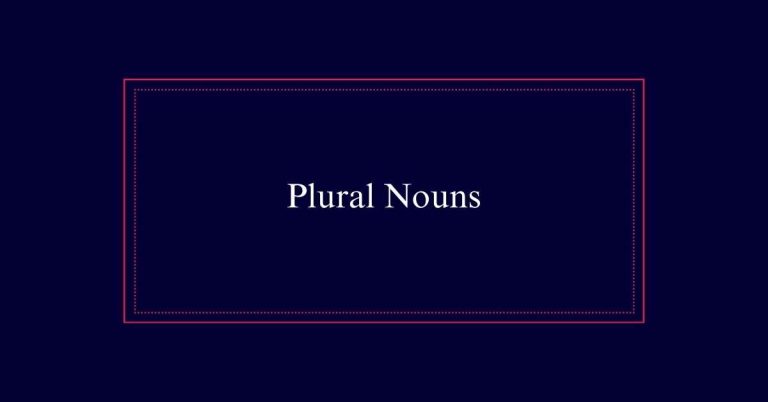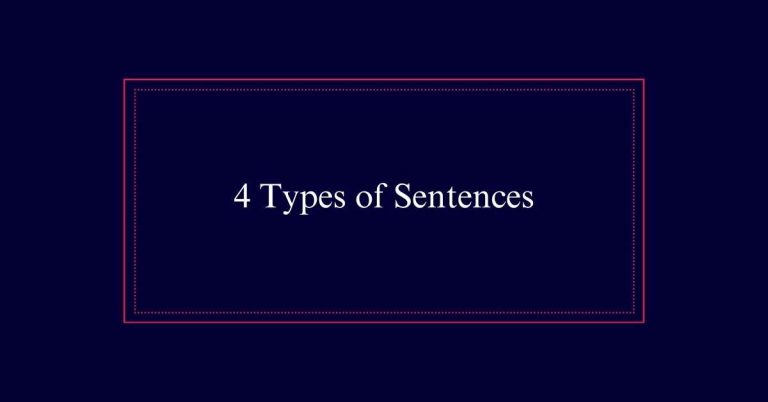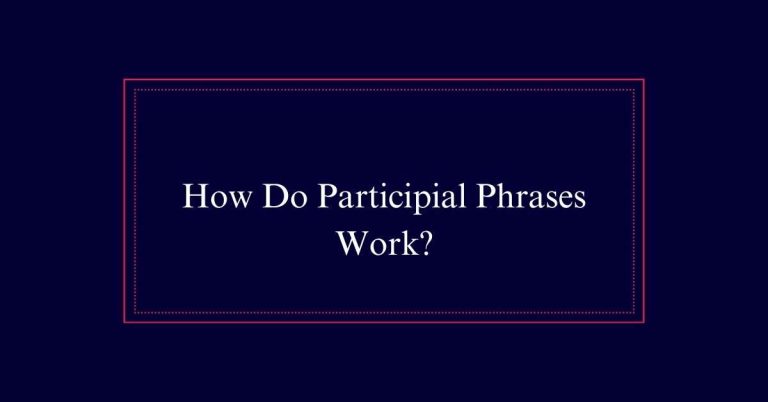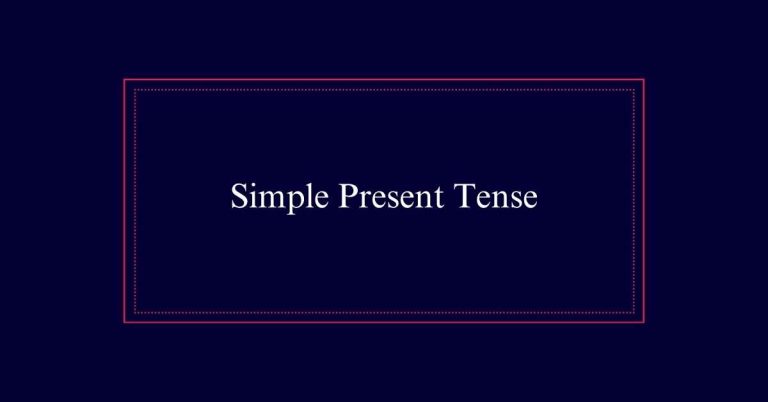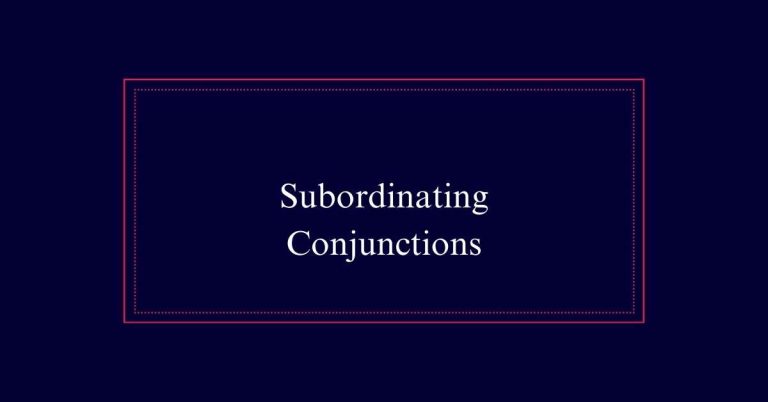Concrete Nouns Vs. Abstract Nouns
Concrete nouns refer to physical objects or entities that can be perceived through the five senses, such as books, cars, and animals. They include both visible items and those sensed differently, like air and music. On the other hand, abstract nouns represent nonphysical things existing in the mind, such as emotions, ideas, and concepts like love, freedom, and justice.
Concrete nouns involve tangible elements, whereas abstract nouns convey deeper, intangible meanings critical for expressing human experiences.
Definition of Concrete Nouns
Concrete nouns are words that describe physical objects or entities that can be perceived through the five senses. These nouns refer to items that can be seen, touched, heard, smelled, or tasted.
Concrete nouns include everyday objects like rocks, butterflies, and people such as grandmothers. They also encompass significant landmarks like the Great Sphinx of Giza. Even intangible items such as air, which can be felt, and music, which can be heard, qualify as concrete nouns.
Microscopic entities like bacteria and atoms fall under this category as well. Additionally, imaginary or fantasy elements, such as unicorns or fictional characters like Katniss Everdeen, are concrete nouns if they represent perceivable things.
Examples of Concrete Nouns
Everyday objects like rocks, butterflies, and grandmothers serve as prime examples of concrete nouns. These nouns describe items that can be perceived through the five senses. For example, you can see a butterfly’s vibrant colors, touch a rock’s rough surface, and hear a grandmother’s voice. Concrete nouns include both living and non-living entities.
To further illustrate:
- Animals: Dogs, cats, elephants
- Objects: Books, cars, computers
- People: Teachers, doctors, musicians
- Places: Cities, parks, beaches
Concrete nouns are tangible and exist in the physical world. This makes them easy to identify and describe.
Invisible Concrete Nouns
Invisible concrete nouns include entities that cannot be seen but can be sensed through other means. For instance, air is a concrete noun because it can be felt moving, especially on a windy day. Similarly, music qualifies as a concrete noun because it is something we hear.
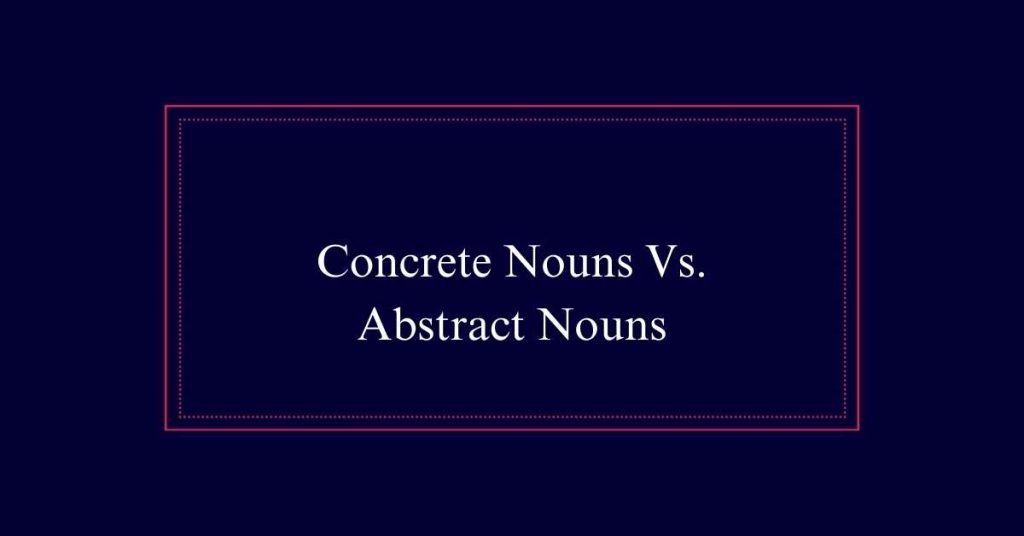
Though not visible to the naked eye, these examples still engage our senses, distinguishing them from abstract nouns. Microscopic entities such as bacteria and atoms also fall under this category. Despite their size, they are physical entities that can be detected with scientific instruments.
Fantasy Concrete Nouns
In the world of fantasy, concrete nouns represent tangible entities like dragons, unicorns, and wizards that can be imagined and depicted through sensory experiences. These nouns, though fictional, are treated like real objects because they can be visualized, heard, or even felt in a story.
Fantasy concrete nouns include:
- Dragons: Creatures that can be seen flying and heard roaring.
- Unicorns: Magical horses with horns that can be touched and seen.
- Wizards: Characters that can be observed casting spells and speaking.
- Magic swords: Weapons that can be held, seen, and used in battles.
Definition of Abstract Nouns
Abstract nouns refer to nonphysical things that exist in our minds and cannot be sensed. These nouns encompass ideas, emotions, and other intangible concepts.
Unlike concrete nouns, which represent objects or entities perceivable through the senses, abstract nouns are purely conceptual. For instance, emotions like love and fear, or states like happiness and sadness, fall into this category.
Similarly, ideas such as freedom, intelligence, and justice are abstract nouns. They don’t have a physical presence but are understood through thought and feeling.
Examples of Abstract Nouns
Examples of abstract nouns include concepts like love, freedom, and intelligence. These nouns represent ideas and emotions that we cannot touch or see, but we can understand their existence and impact.
Other common abstract nouns include:
- Happiness: A state of well-being and contentment.
- Bravery: The quality of being courageous or fearless.
- Justice: The concept of moral rightness based on ethics, law, and fairness.
- Wisdom: The ability to make sound decisions and judgments based on knowledge and experience.
Identifying Concrete Nouns
Concrete nouns are identifiable by their ability to be perceived through the senses. They refer to physical things that can be seen, touched, heard, smelled, or tasted. Examples include objects like rocks and butterflies, people such as grandmothers, and places like schools.
Even intangible things like air and music qualify as concrete nouns because they can be felt or heard. Microscopic entities like bacteria and atoms are also concrete, as are imaginary creatures like unicorns when described in sensory terms.
Understanding that concrete nouns are linked to the senses helps distinguish them from abstract nouns, which represent intangible concepts.
Identifying Abstract Nouns
Nouns that represent intangible concepts, such as emotions, ideas, and qualities, are known as abstract nouns. These nouns cannot be perceived through the five senses. Instead, they exist in our minds as abstract thoughts. Common examples include words like love, freedom, and wisdom.
To help identify abstract nouns, consider the following points:
- Emotions: Words like happiness, anger, and sadness.
- Ideas: Concepts such as democracy, justice, and knowledge.
- Qualities: Traits like bravery, honesty, and kindness.
- States: Conditions like childhood, friendship, and poverty.
Grammar Rules for Nouns
Understanding the grammar rules for nouns is fundamental to mastering the structure of sentences. Concrete and abstract nouns follow the general rules applicable to all nouns. Both can be made possessive by adding an apostrophe and an ‘s’ (e.g., the dog’s bone, the idea’s impact). They also form compound nouns, such as ‘trash can’ (concrete) and ‘entertainment business’ (abstract).
Pluralization rules remain consistent; for example, ‘dogs’ and ‘ideas’ both simply add an ‘s.’ Additionally, both types of nouns can function as subjects, objects, or complements in sentences. Recognizing these rules helps in the proper use and categorization of nouns, whether they represent tangible or intangible concepts.
Practical Applications
In everyday communication, recognizing the difference between concrete and abstract nouns aids in conveying clear and precise messages. Understanding these distinctions has practical applications in various fields.
- Education: Helps in teaching language skills and critical thinking.
- Business: Assists in creating clear and effective communication strategies.
- Literature: Enhances descriptive writing by distinguishing between tangible and intangible elements.
- Psychology: Aids in discussing emotions and abstract concepts with clarity.
For instance, educators can better explain abstract ideas like ‘justice’ using concrete examples, making lessons easier to understand. In business, using concrete nouns can make marketing materials more relatable and engaging.

